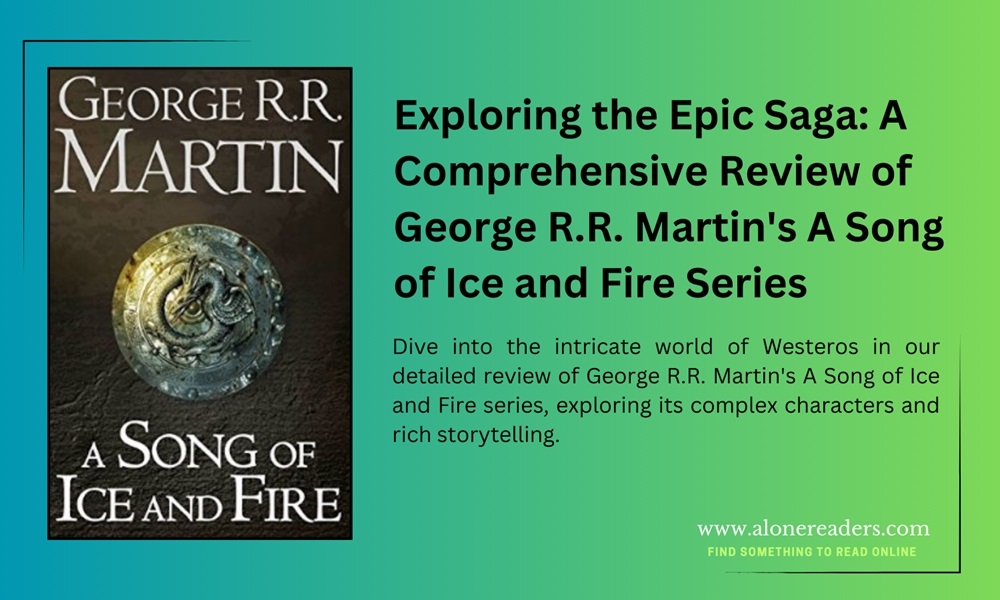
George R.R. Martin’s “A Song of Ice and Fire” series is a monumental feat in the world of fantasy literature. Spanning five published books to date, with two more planned, this series has redefined the boundaries of the fantasy genre, offering a complex and immersive experience that captivates readers with its blend of political intrigue, moral ambiguity, and vivid character development.
At the heart of the series is the fictional continent of Westeros, a land where summers and winters can last for years and the struggle for the Iron Throne engenders brutal conflicts and alliances. Martin’s world-building is exemplary; he crafts a universe rich in history, culture, and mythology, making Westeros feel as real as any historical period on Earth. The detailed geography, from the icy wastes of the North to the sun-drenched lands of Dorne, adds a palpable sense of place that few other fantasy novels achieve.
One of the series' most striking features is its extensive character roster, each with their own intricate backstories, motivations, and evolution. Martin eschews the traditional fantasy dichotomy of good versus evil, instead presenting a cast of characters that exist in shades of gray. Heroes make grave mistakes, and villains occasionally show redeeming qualities. This complexity extends to the series’ plot, which is less about the battle between good and evil and more about power, politics, and survival. Characters like Eddard Stark, Tyrion Lannister, and Daenerys Targaryen are not just names but are fully realized individuals, each with their own strengths, weaknesses, and moral conflicts.
Martin's narrative style is both a strength and a challenge. The story is told from multiple viewpoints, allowing readers to see events from different perspectives. This approach adds depth to the narrative but also requires careful attention from the reader to keep track of the numerous storylines and characters. The author’s willingness to subvert traditional narrative expectations – no character is safe from death – keeps the tension high and the outcomes unpredictable.
The series is not without its criticisms. The pace of the narrative can be uneven, with some books (notably the fourth and fifth) criticized for their slower plot development and focus on less popular characters. Moreover, Martin's detailed descriptions and complex political machinations can be overwhelming for some readers. The series' graphic content, including explicit violence and sexual scenes, while integral to the story's gritty realism, may not be to everyone's taste.
Despite these issues, the cultural impact of “A Song of Ice and Fire” cannot be overstated. It has spawned a highly successful television adaptation, “Game of Thrones,” which has introduced millions to the world of Westeros. However, the books offer a depth and richness that the TV series can only hint at, with subplots and characters that did not make it to the screen.
In conclusion, George R.R. Martin’s “A Song of Ice and Fire” series stands as a towering achievement in fantasy literature. Its complex characters, intricate plot, and rich world-building make it a must-read for fans of the genre. While its narrative scope and explicit content may be daunting for some, those who embark on this epic journey will find themselves richly rewarded with a story that challenges and enthralls in equal measure. As readers eagerly await the final installments, “The Winds of Winter” and “A Dream of Spring,” the series continues to be a benchmark against which other fantasy sagas are measured.